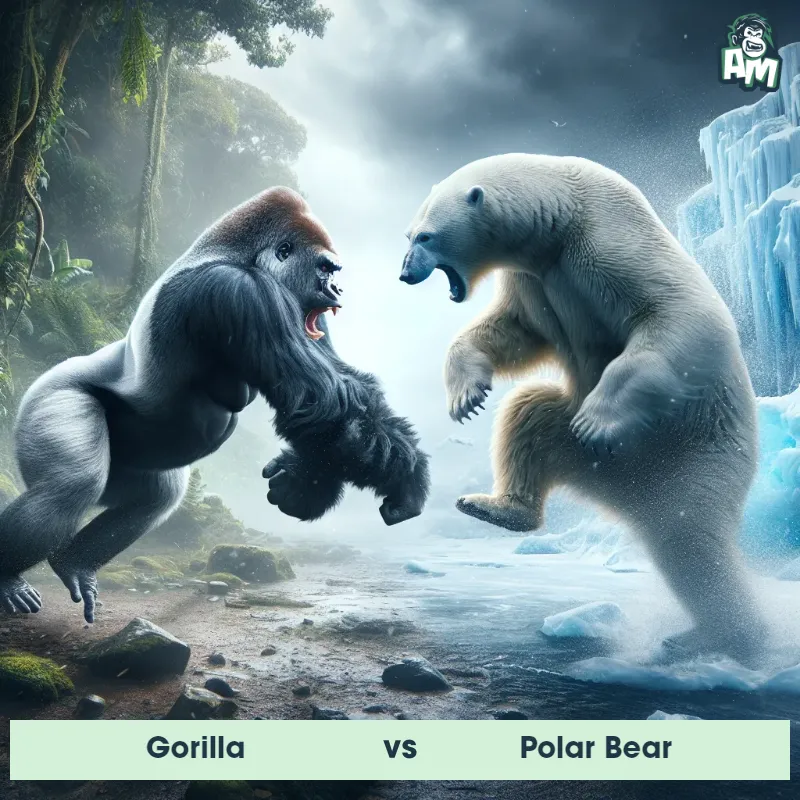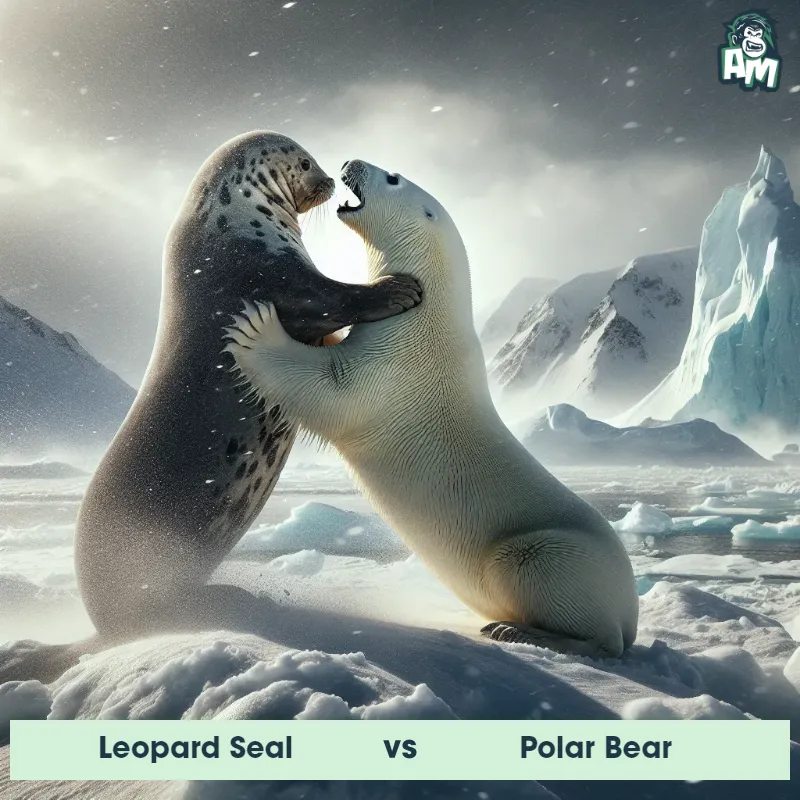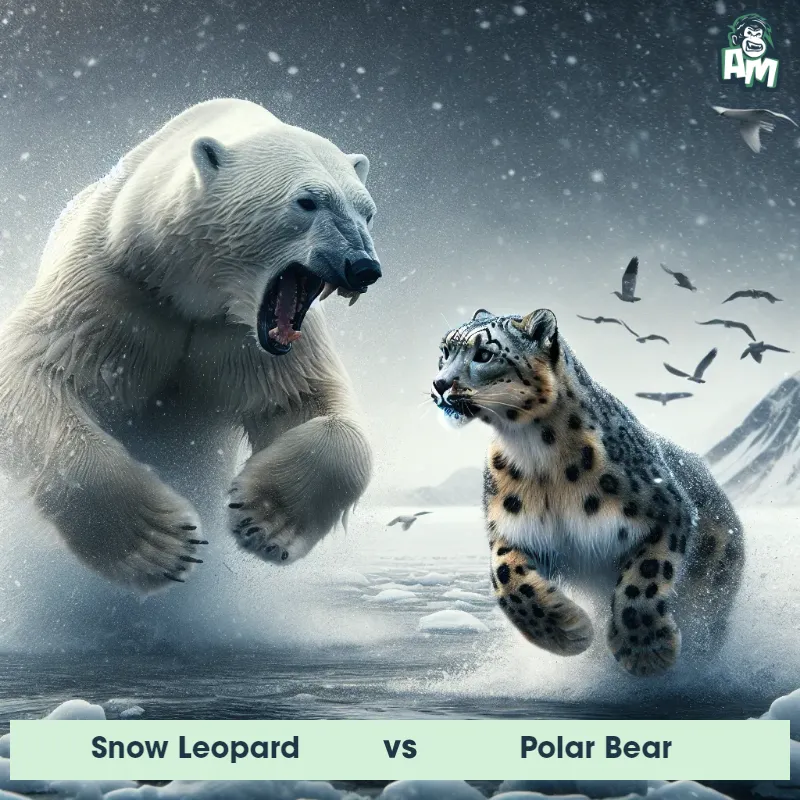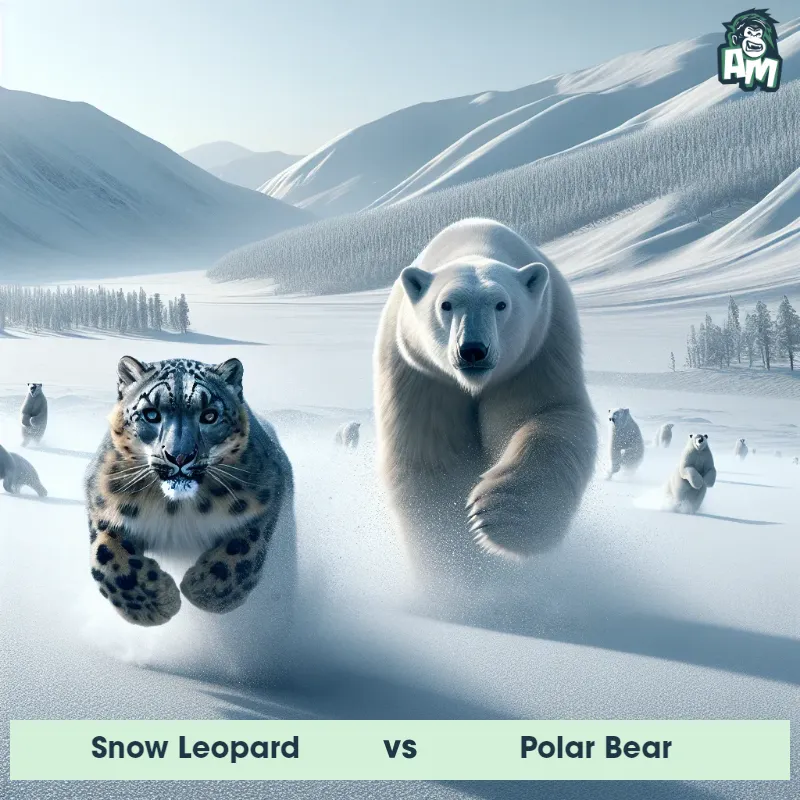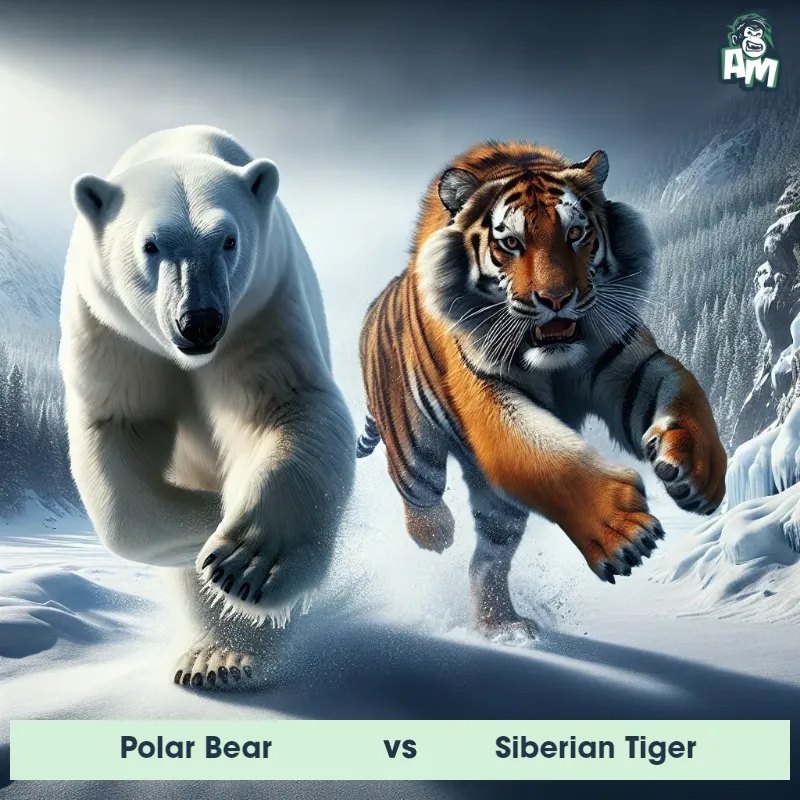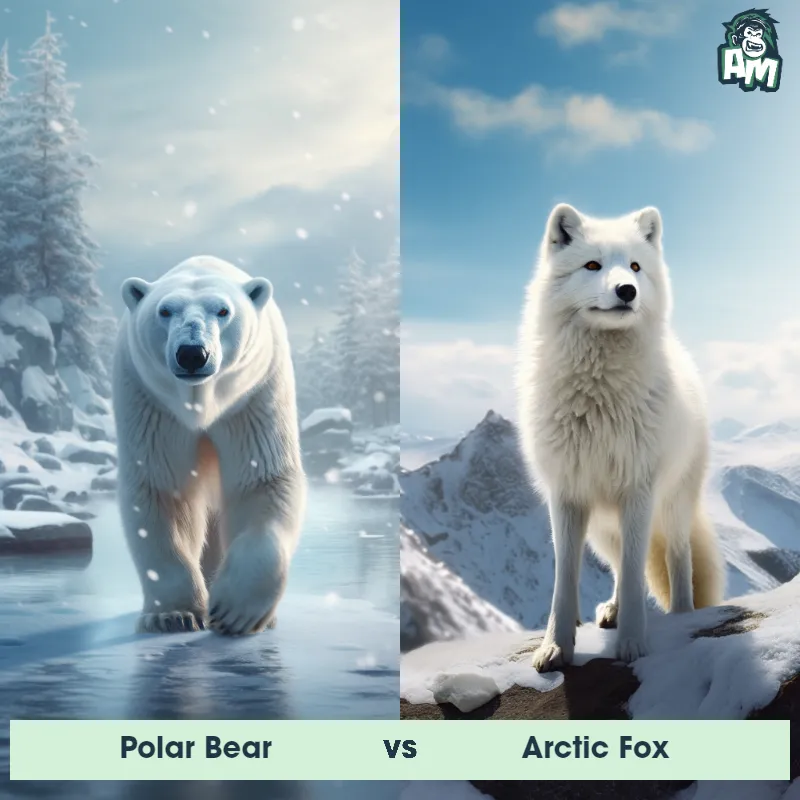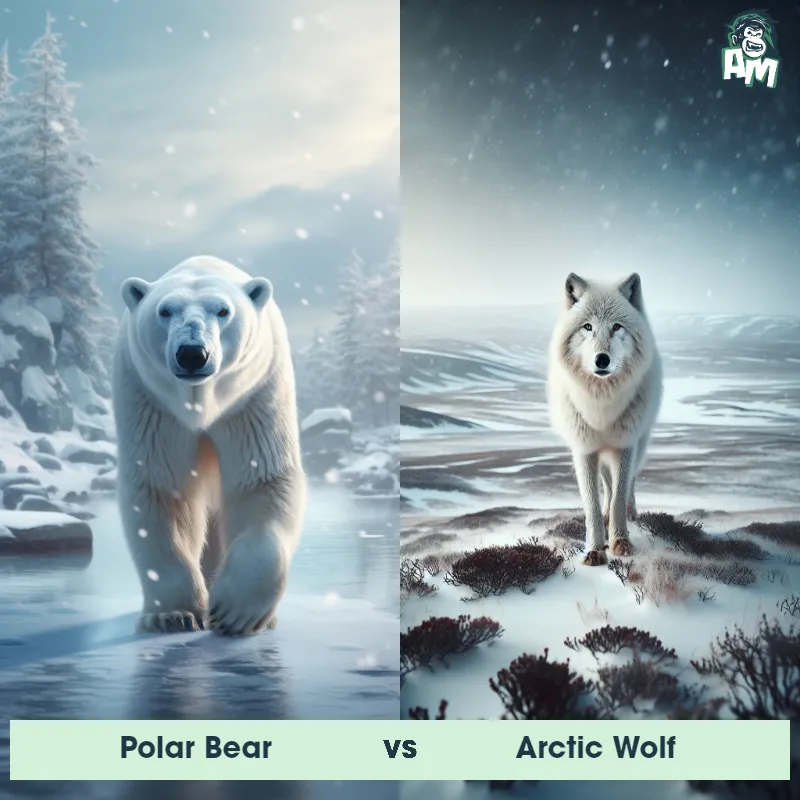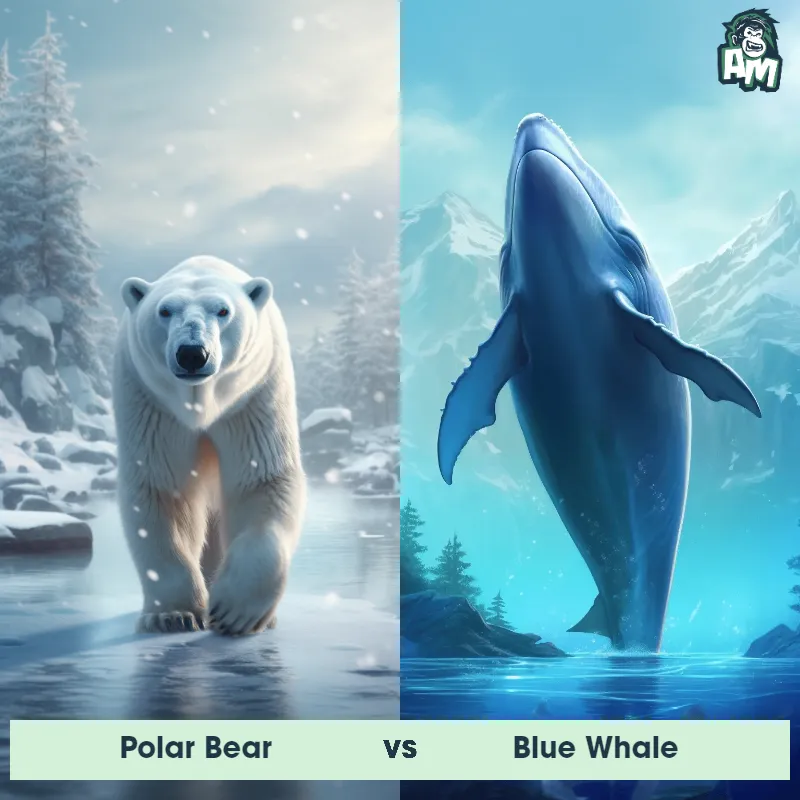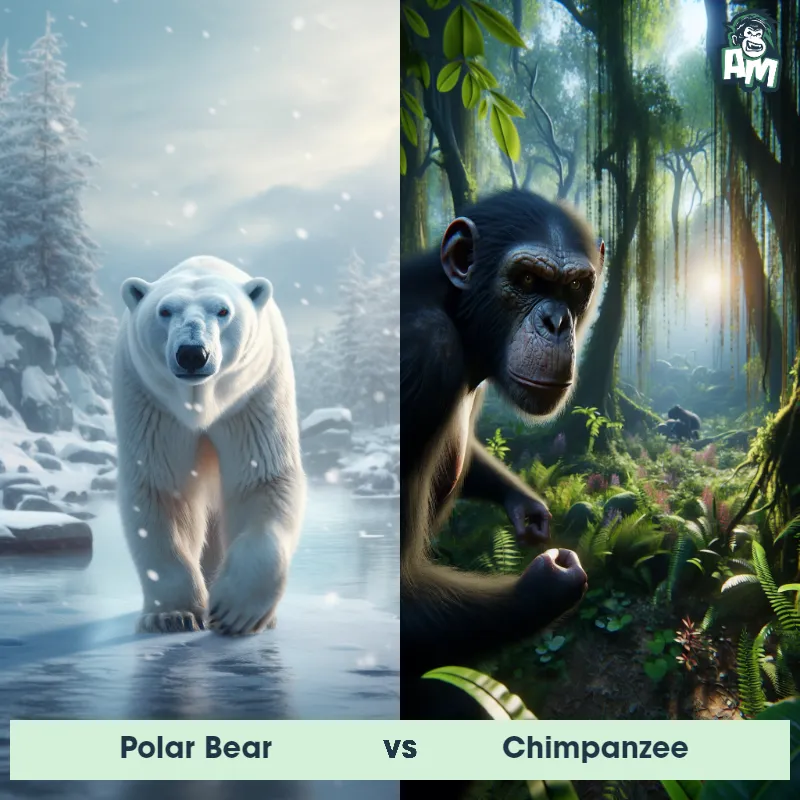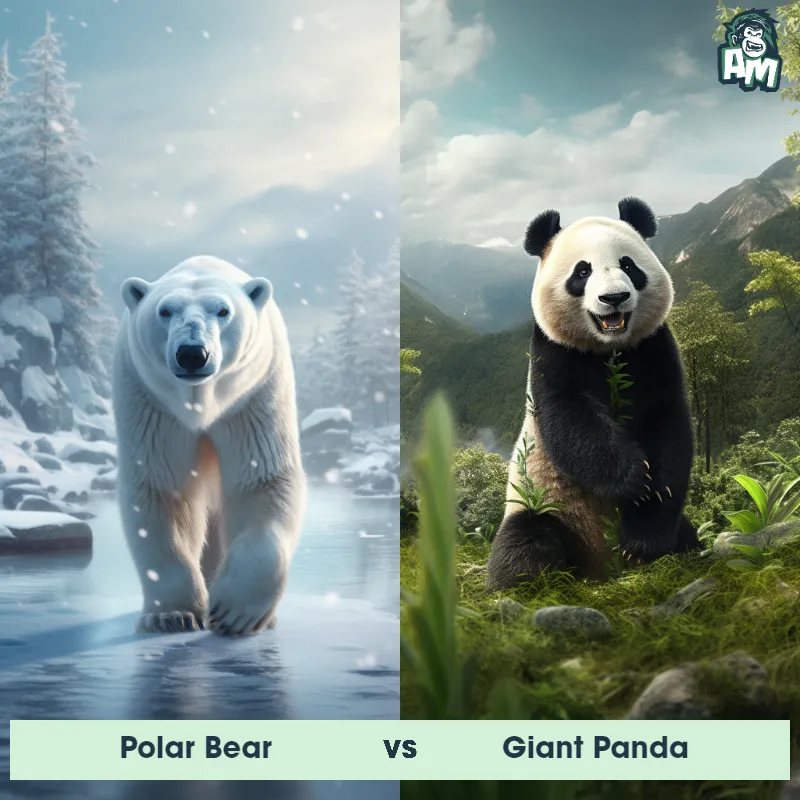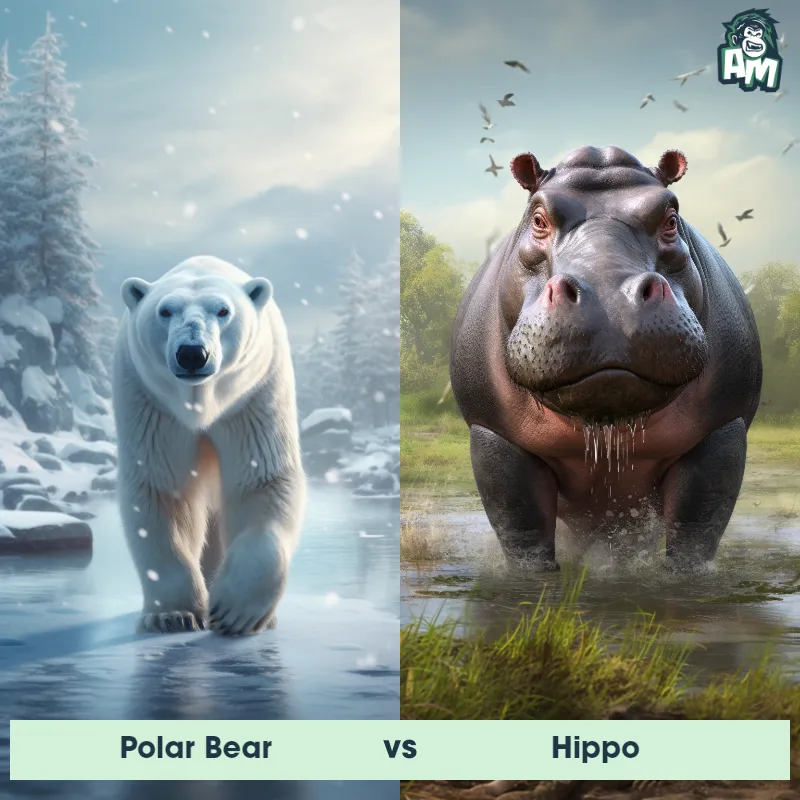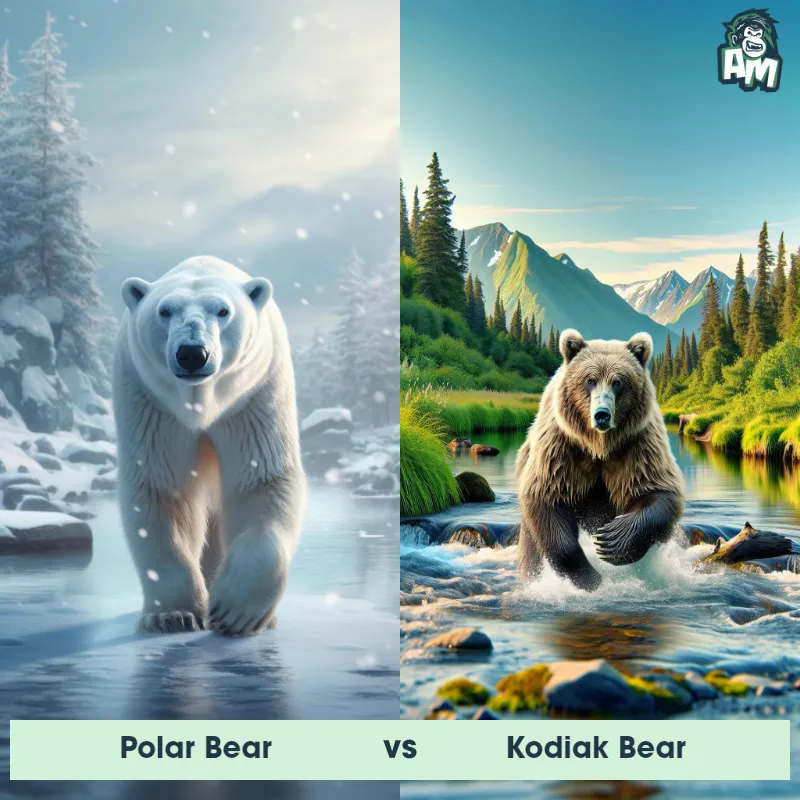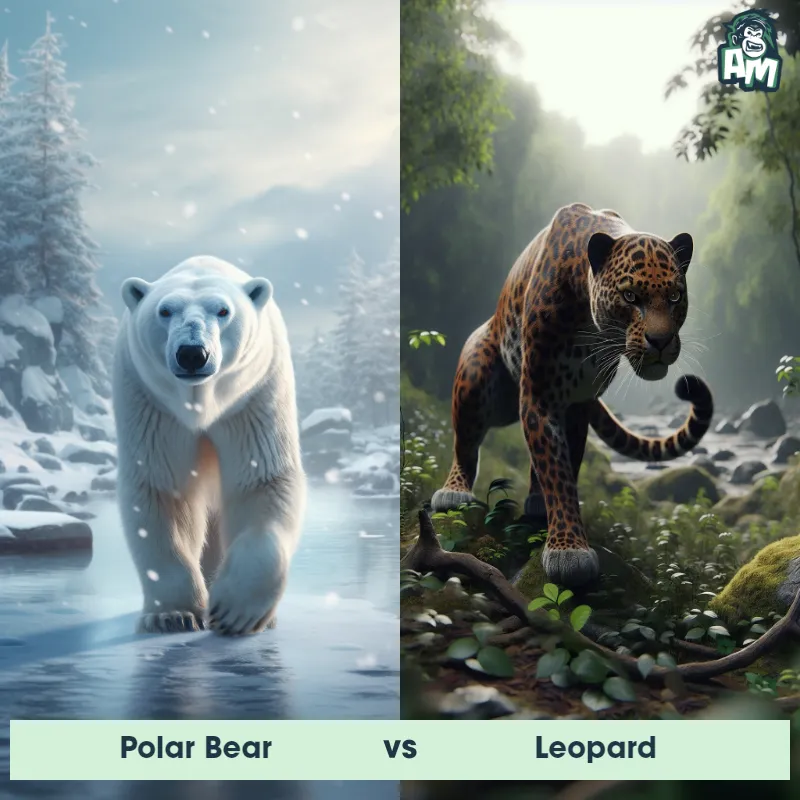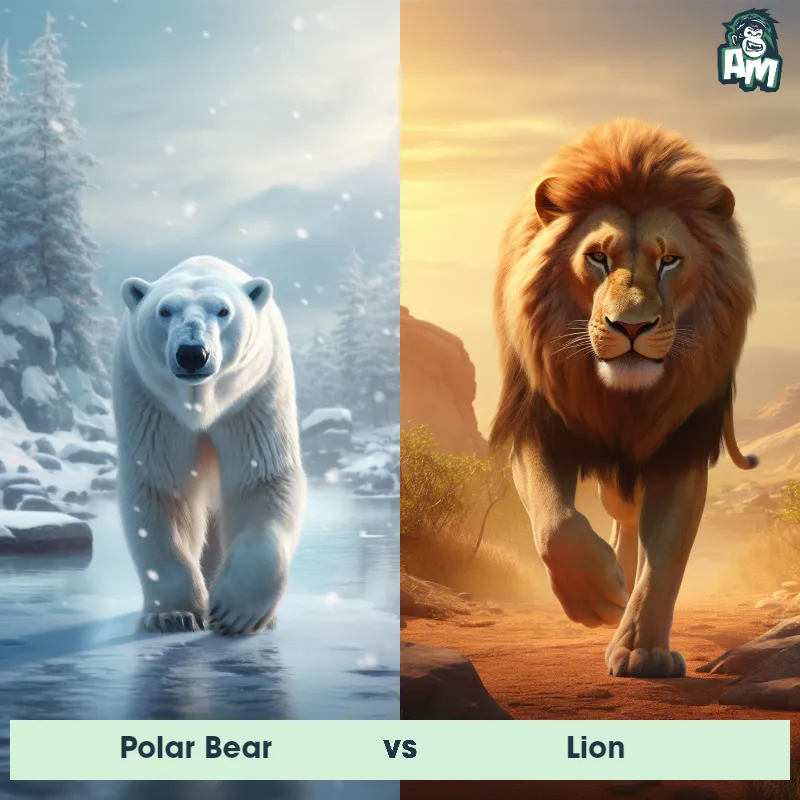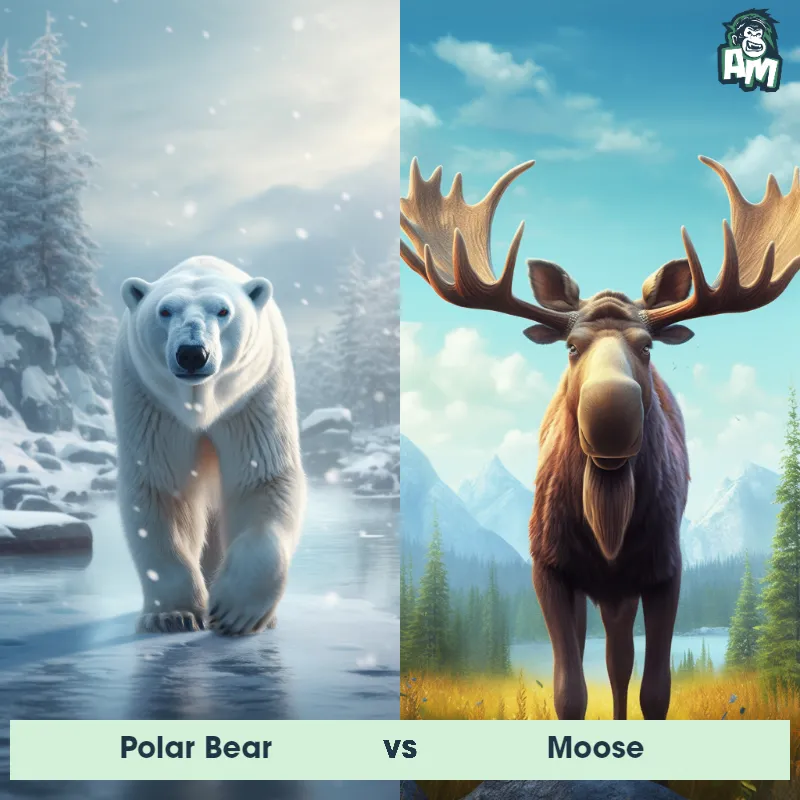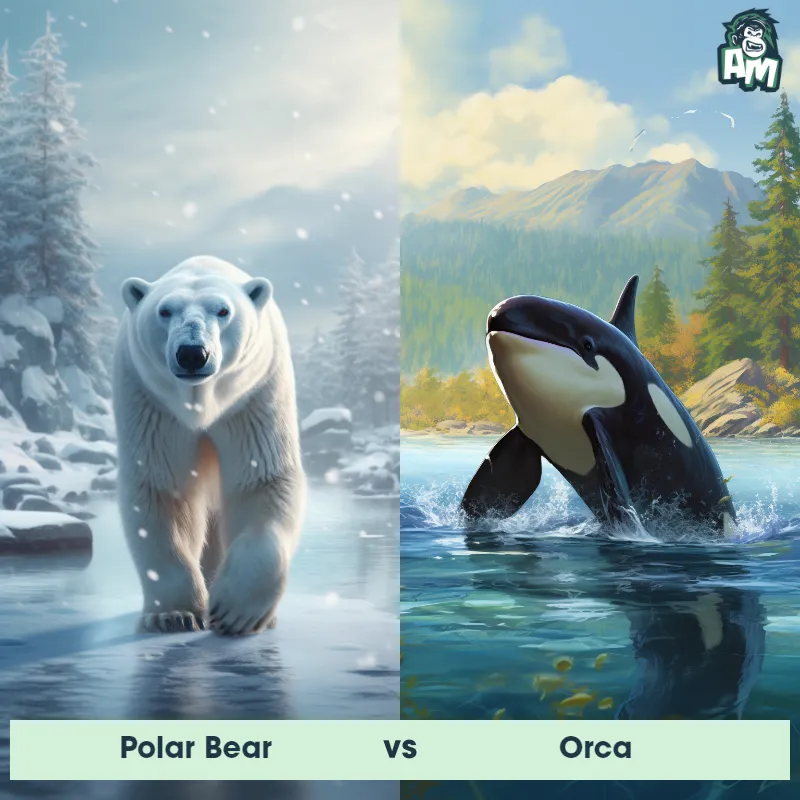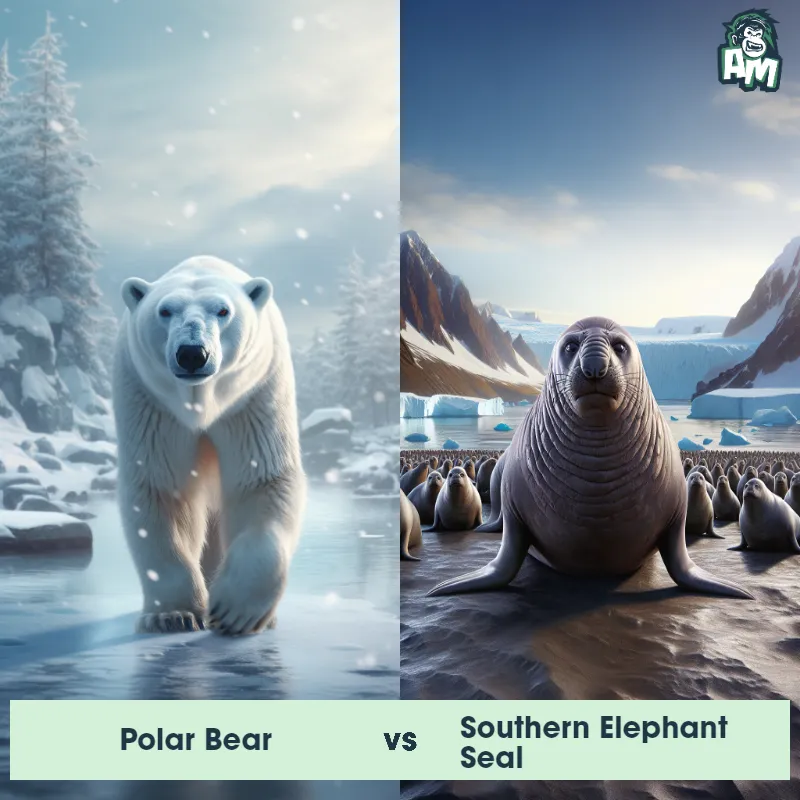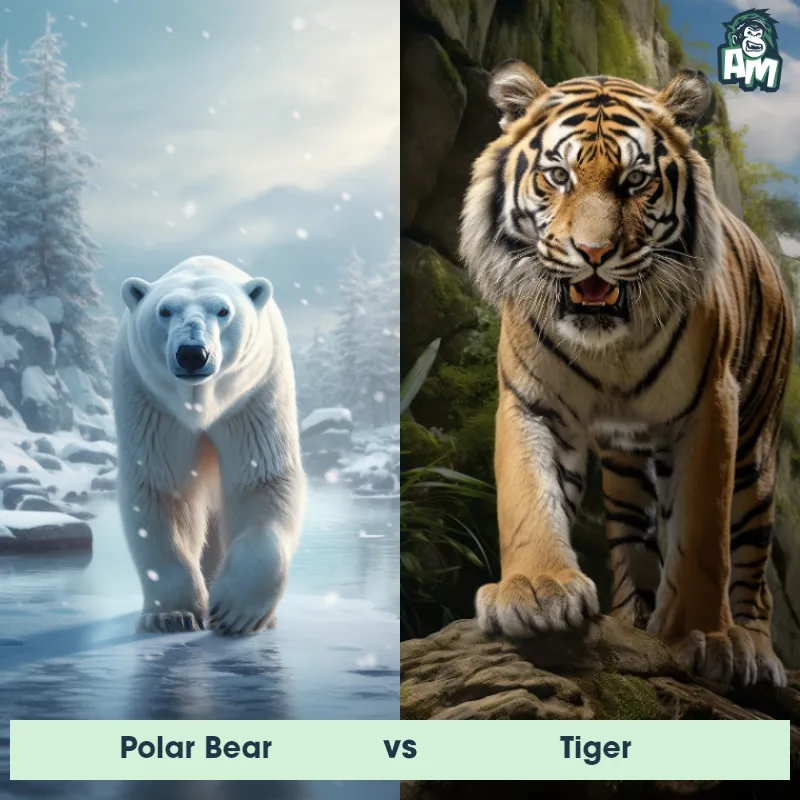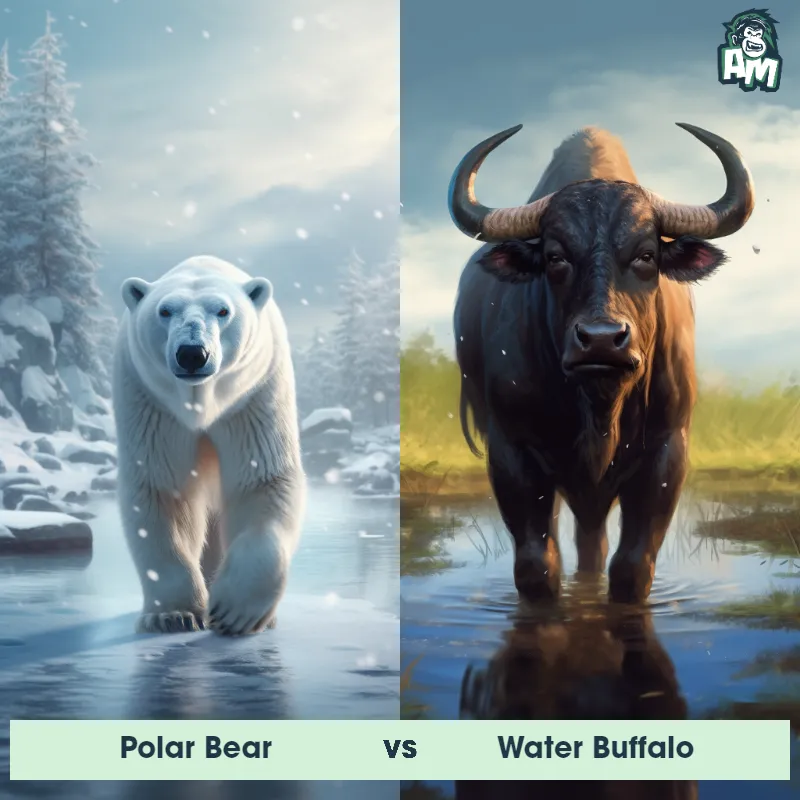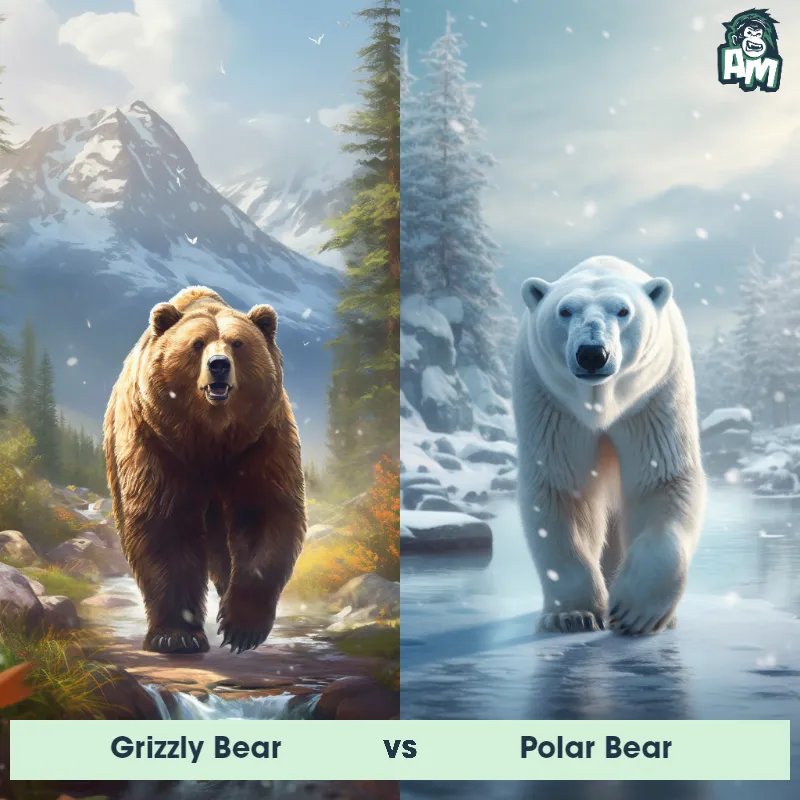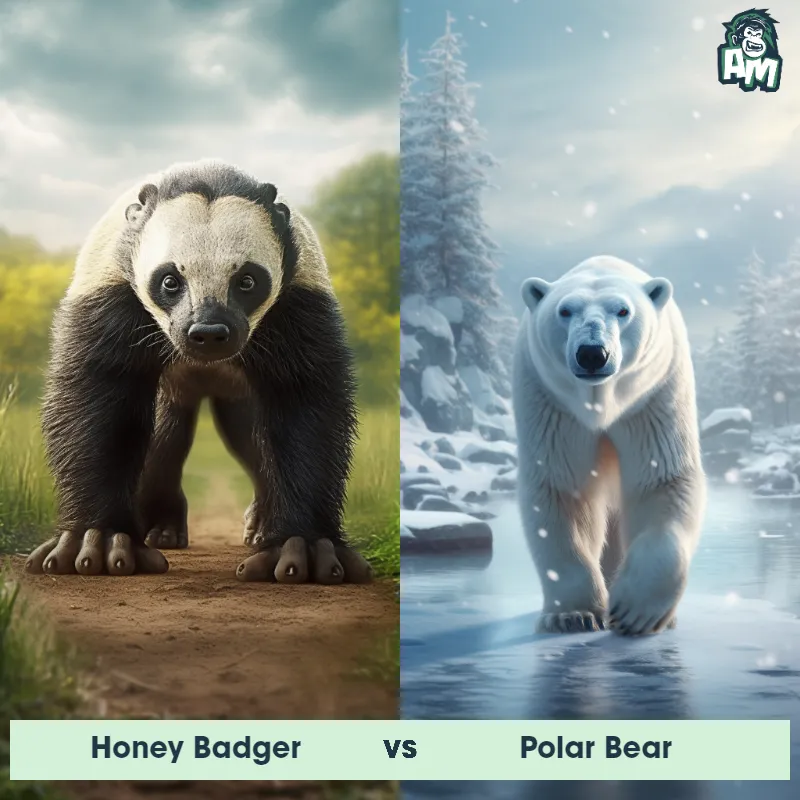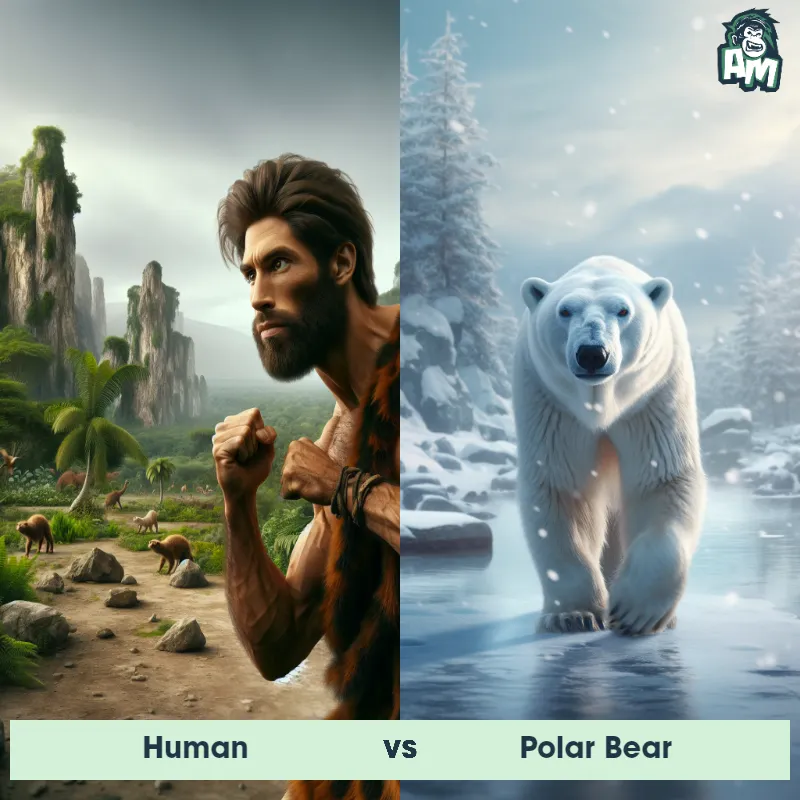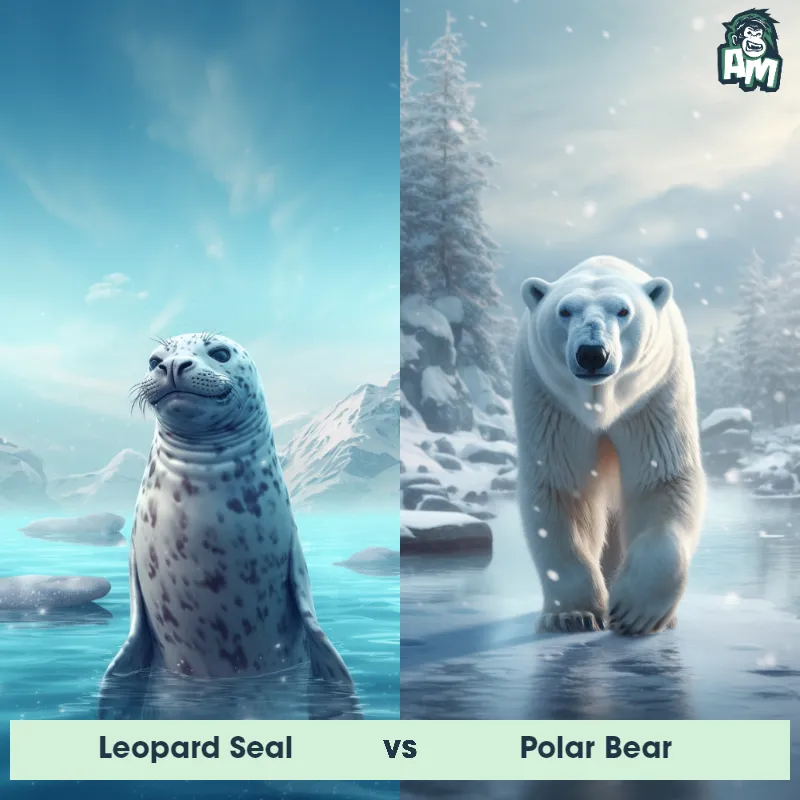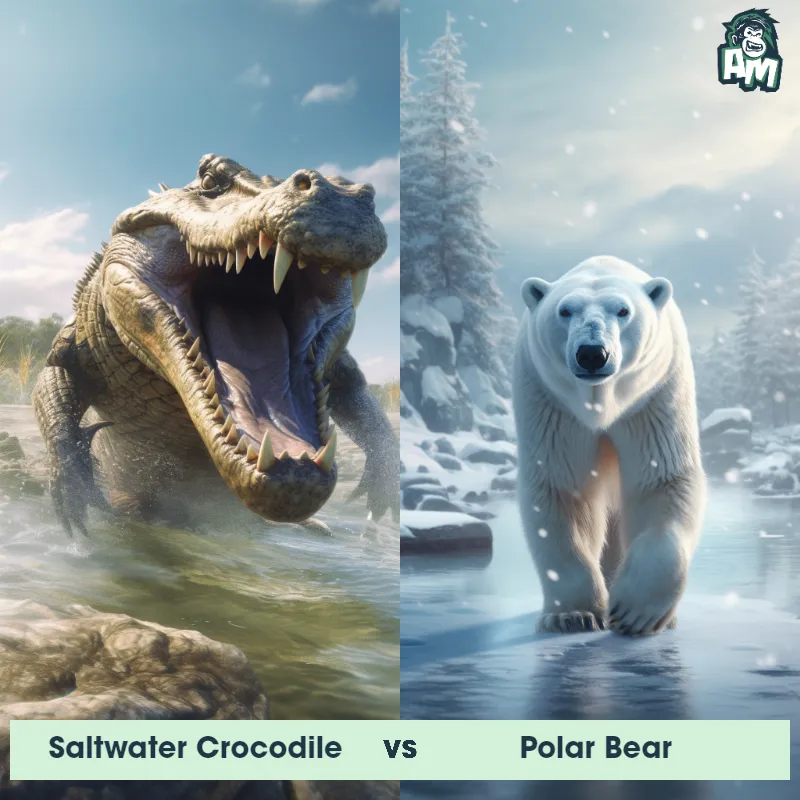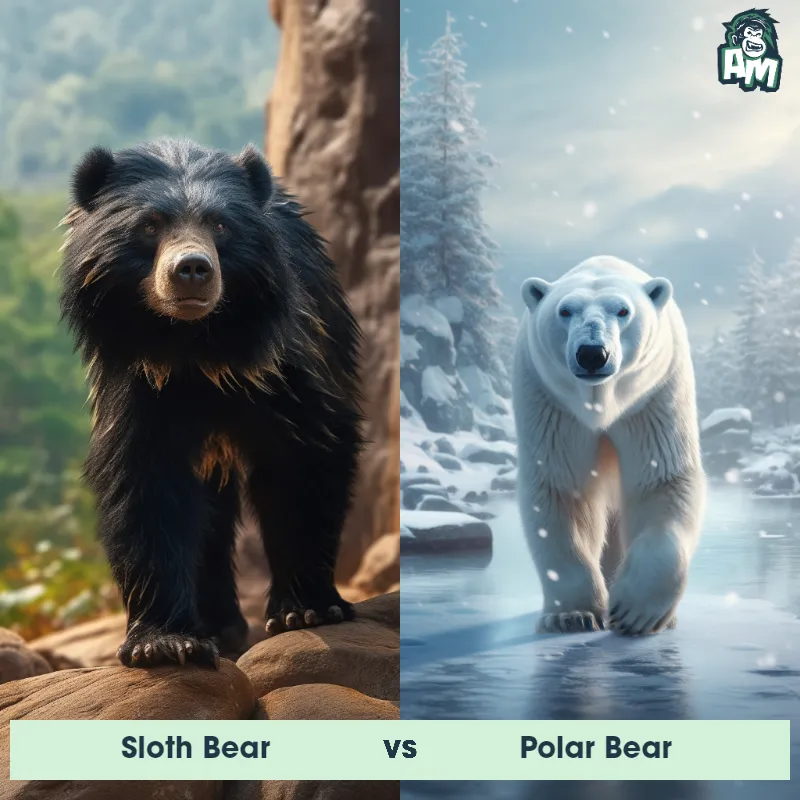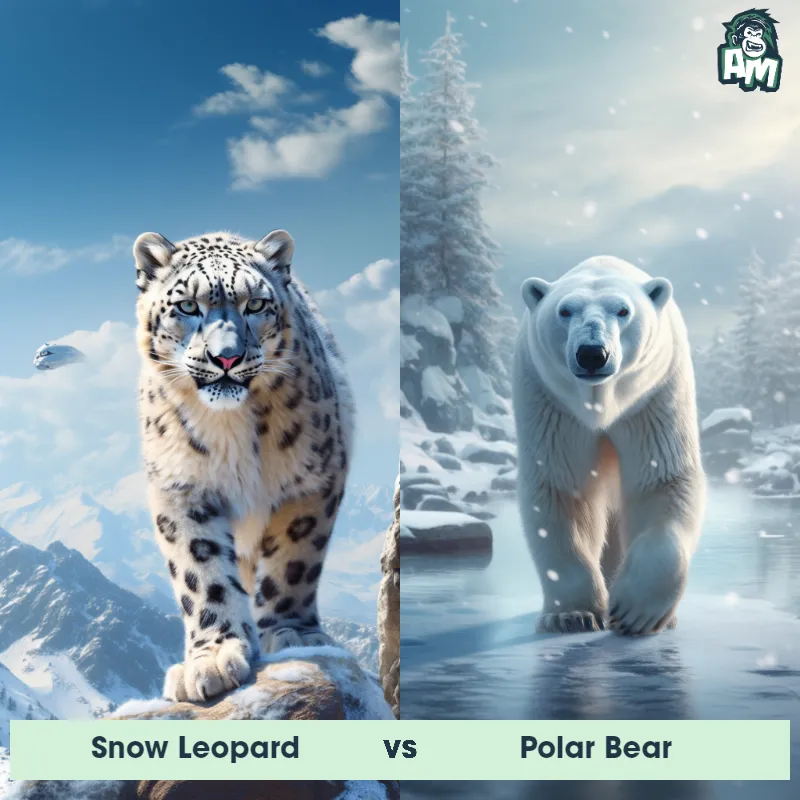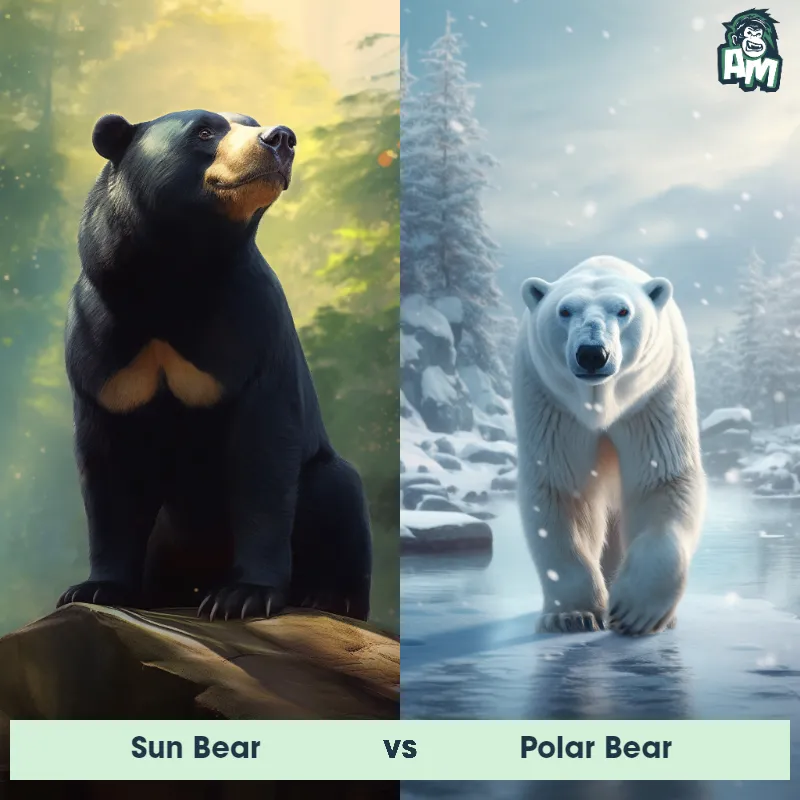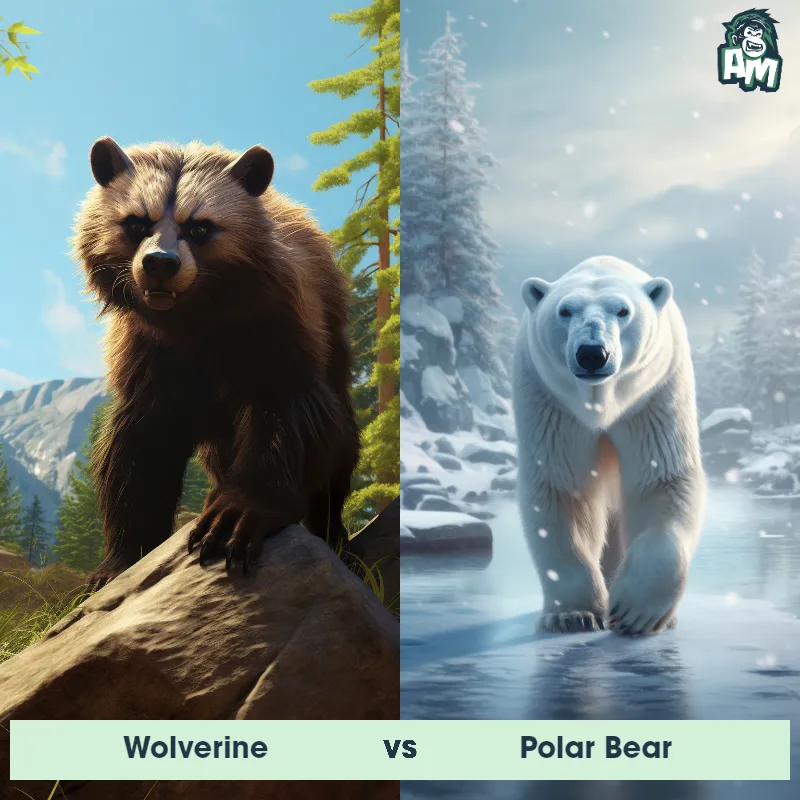The Polar Bear
The Polar Bear, also known as the sea bear, is a large marine mammal that inhabits the Arctic regions. They are well-adapted to their cold environment with a thick layer of blubber that helps them stay warm in freezing temperatures. These majestic creatures have a white fur coat that provides excellent camouflage in the snowy landscape. Polar bears are formidable swimmers and can swim long distances in search of prey. They have powerful paws with sharp claws, ideal for digging through ice and snow. Due to their reliance on sea ice for hunting and habitat, polar bears are considered a vulnerable species in need of conservation efforts.
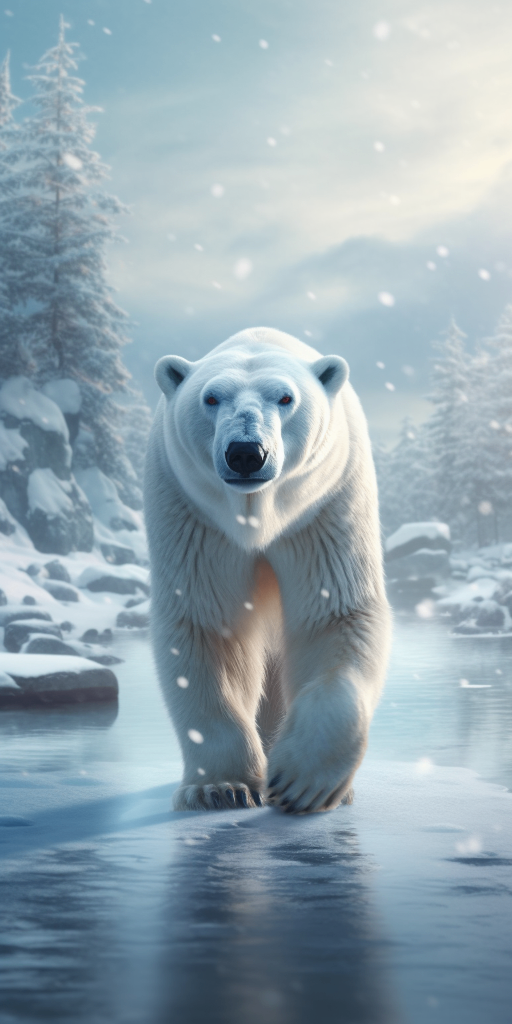
| Polar Bear | |
|---|---|
| Size | 8-10 feet (2.4-3 meters) |
| Weight | 900-1,600 pounds (408-725 kilograms) |
| Speed | Speed: 25 mph (40 km/hr) |
| Key Strength | Powerful jaws and sharp claws |
| Biggest Weakness | Slow movement on land |
| Scientific Name | Ursus maritimus |
| Family | Ursidae |
| Habitat | Arctic region |
| Geography | Arctic Circle |
| Diet | Carnivorous, primarily seals |
| Lifespan | 20 years - 30 years |

The Polar Bear
The Polar Bear, also known as the sea bear, is a large marine mammal that inhabits the Arctic regions. They are well-adapted to their cold environment with a thick layer of blubber that helps them stay warm in freezing temperatures. These majestic creatures have a white fur coat that provides excellent camouflage in the snowy landscape. Polar bears are formidable swimmers and can swim long distances in search of prey. They have powerful paws with sharp claws, ideal for digging through ice and snow. Due to their reliance on sea ice for hunting and habitat, polar bears are considered a vulnerable species in need of conservation efforts.
![[object Object] Gif](https://tenor.com/view/fight-mission-critical-nat-geo-wild-scuffle-brawl-gif-20524033.gif)
Fun Fact: Polar bears have an incredible sense of smell and can detect a seal from up to 20 miles away!
| Polar Bear | |
|---|---|
| Size | 8-10 feet (2.4-3 meters) |
| Weight | 900-1,600 pounds (408-725 kilograms) |
| Speed | Speed: 25 mph (40 km/hr) |
| Key Strength | Powerful jaws and sharp claws |
| Biggest Weakness | Slow movement on land |
| Scientific Name | Ursus maritimus |
| Family | Ursidae |
| Habitat | Arctic region |
| Geography | Arctic Circle |
| Diet | Carnivorous, primarily seals |
| Lifespan | 20 years - 30 years |
Match Highlights
Polar Bear Matchups
We use AI to simulate matchups between the Polar Bear and other animals. Our simulation considers size, strength, and natural predatory behaviors to determine the most likely outcome.
Polar Bear: Diet, Predators, Aggression, and Defensive Behaviors
What do Polar Bears eat?
Polar Bears primarily feed on seals, especially ringed and bearded seals. They rely on sea ice to hunt seals as they use the ice as a platform to wait for seals to surface. Polar Bears also consume other animals like walruses, beluga whales, and narwhals. They are opportunistic feeders and will scavenge on carcasses or even forage on vegetation when food is scarce.
Do Polar Bears have any predators?
Polar Bears are apex predators in their Arctic environment and do not have natural predators. However, young cubs may fall prey to other predators such as wolves, wolverines, or other bears if they are left unattended by their mother.
Are Polar Bears aggressive?
Polar Bears are solitary animals and can display aggressive behavior, especially when they feel threatened or when competing for food and territory. They are known to be one of the most aggressive bear species and can attack humans if they feel provoked or surprised.
Do Polar Bears fight?
Polar Bears do engage in fights with each other, especially during mating season or when competing for food. These fights can be brutal and sometimes result in injuries or even death. Males often fight for dominance and access to females during mating season.
How do Polar Bears defend themselves?
Polar Bears defend themselves mainly through their size, strength, and powerful jaws. They can use their claws and teeth to ward off potential threats or predators. When feeling threatened, they may also vocalize loudly or display aggressive body language to intimidate their opponents.
What is the biggest weakness of Polar Bears in a fight?
One of the biggest weaknesses of Polar Bears in a fight is their vulnerability to overheating. As Arctic animals adapted to cold climates, Polar Bears are not well-suited to warmer temperatures. Prolonged physical exertion can cause them to overheat and become exhausted, making them more susceptible to threats or attacks from other animals.
Fun Fact: Despite their large size, polar bears are excellent swimmers and can swim at speeds of up to 6 mph.
Fun Fact: The scientific name of the polar bear is Ursus maritimus, which means "maritime bear," reflecting their preference for sea ice habitats.



